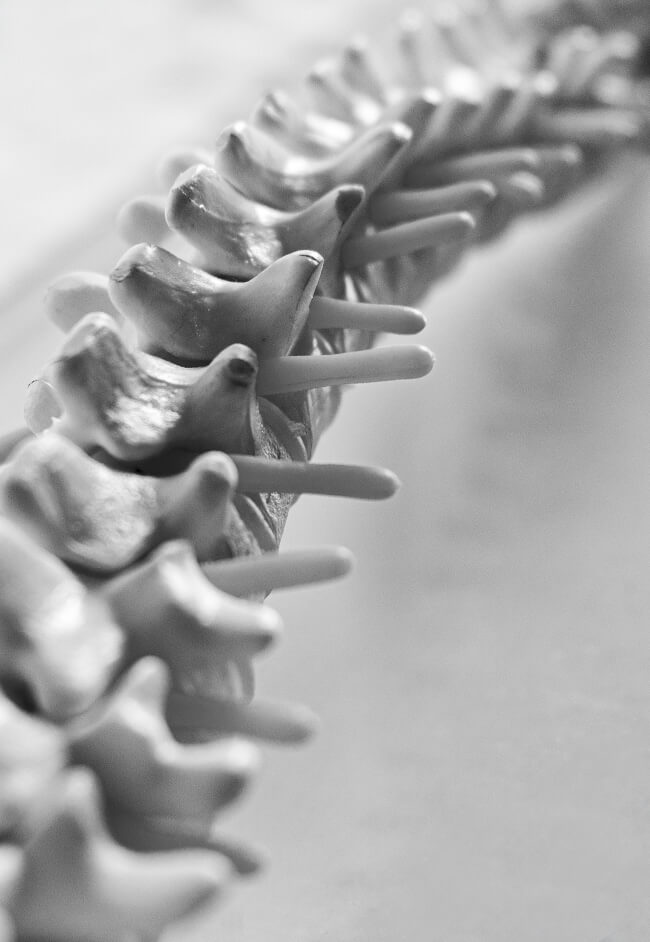Anterior and Posterior Spinal Fusion Surgery
Spinal fusion surgery involves fusing two or more vertebrae together. This process effectively stabilizes the spine, reducing symptoms associated with your spinal condition. Dr. Sarkiss provides two main approaches: anterior and posterior spinal fusion surgery.
Conditions that can require these procedures include:
- Degenerative disc disease
- Herniated discs
- Fractures
- Scoliosis
- Spinal instability
- Tumors

Cervical Spinal Fusion
- Anterior Cervical Discectomy and Fusion (ACDF): Removes a damaged disc in the neck or front of the neck. Done for herniated discs and nerve compression.
- Posterior Cervical Decompression and Fusion (PCDF): Performed through the back of the neck when more extensive decompression is needed. Helps with stenosis or multilevel compression.
- Cervical Corpectomy: Involves removing part of the vertebral body and discs above or below it. Helps with conditions like tumors, stenosis, and multilevel compression.
Thoracic Spinal Fusion
These procedures target the midback region, but they are less common. Still, the procedure can help with scoliosis, kyphosis, fractures, or tumors. It can be performed with either the anterior, posterior, or combined approaches, depending on the condition.
Lumbar Spinal Fusion
- Posterior Lumbar Decompression and Fusion (PLDF): Performed in the back of the spine. May be combined with laminectory to further relieve nerve pressure.
- Posterior Lumbar Interbody Fusion (PLIF): Removes the damaged disc and places a graft or implant between the vertebrae. Provides enhanced stabilization of the spine.
- Transforaminal Lumbar Interbody Fusion (TLIF): This approach is similar to PLIF, but it involves access through one side. Aims to reduce nerve manipulation.
- Extreme Lateral Interbody Fusion (XLIF) / Direct Lateral Interbody Fusion (DLIF): Performed using the lateral approach (through the patient's side). Allows for a muscle-sparing, minimally invasive approach with shorter recovery.
- Lumbar Corpectomy: Removes part of a vertebral body in the lumbar region. Helps with certain tumors, fractures, and severe compression.
Recovery and Outcomes at a Glance
- Hospital Stay: Up to a few days, depending on procedure.
- Recovery Timeline: Some activity within weeks, full recovery within months.
- Physical Therapy: Often recommended to improve spine strength and stability.
- Success Rate: High success rates for reducing pain and stabilizing the spine.
Schedule a Consultation
Dr. Sarkiss provides anterior and posterior spinal fusion surgery in Los Angeles with years of experience. Start by scheduling a consultation to evaluate your options.
